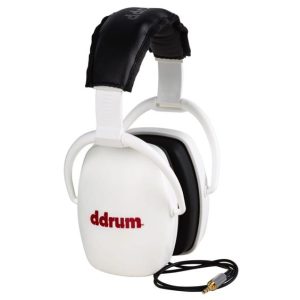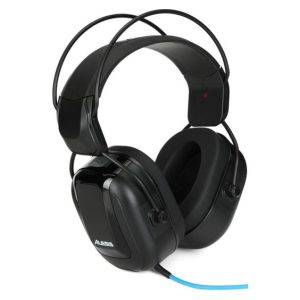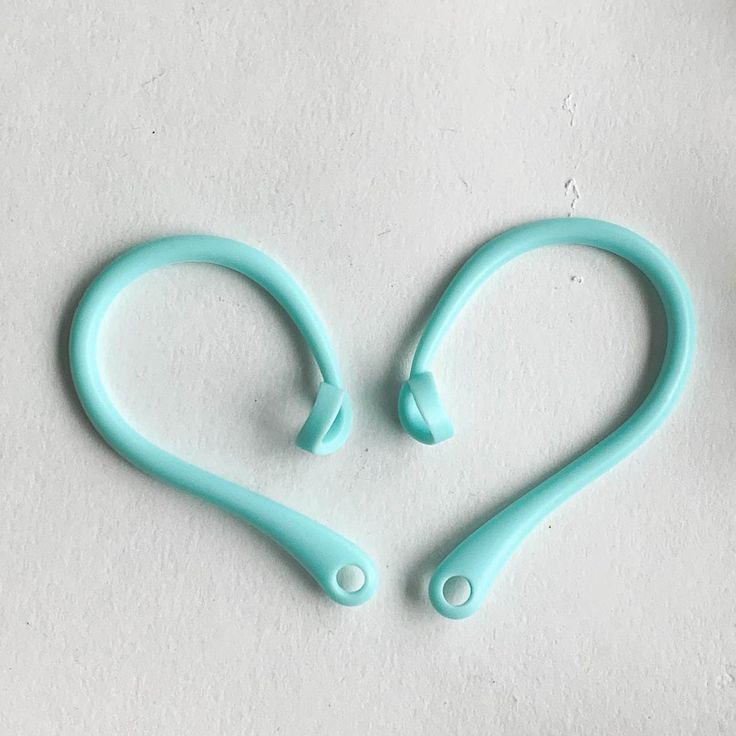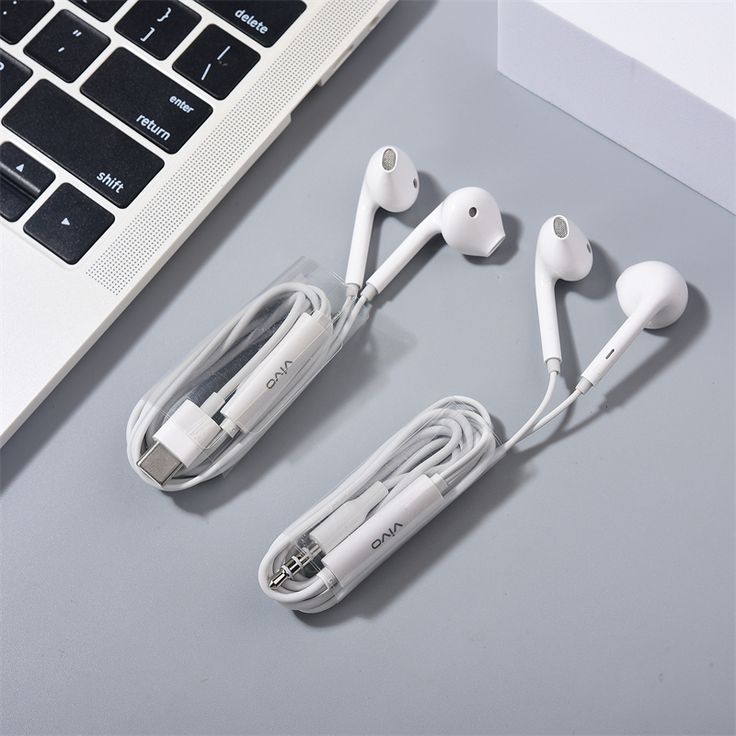Why do drummers wear headphones? Ever been at a concert and wondered why the drummer is wearing headphones? It might seem counterintuitive for a musician to wear headphones on stage, surrounded by the loud sounds of their own band. But those headphones, called in-ear monitors (IEMs), serve several important purposes for drummers.
Hear the Music Clearly
On a loud stage, it can be difficult for a drummer to hear all the instruments clearly. This can make it challenging to stay in time with the band and play cohesively. In-ear monitors provide a custom mix of the music piped directly into the drummer’s ears. This mix can include:
The drummer’s own instrument:
This allows the drummer to hear themselves clearly, which is essential for precise playing.
The vocals:
Hearing the vocals clearly helps the drummer lock in with the melody and phrasing of the song.
Other instruments:
The drummer can adjust the mix to hear the instruments they need to focus on the most, such as the bass guitar or hi-hat cymbal.
With a clear mix in their IEMs, drummers can hear the entire band as if they were standing right next to each other in a studio, even on a large and loud stage.
Protect Hearing
Drummers are exposed to loud noises for extended periods during practices and performances. This can lead to hearing damage over time. In-ear monitors help to protect a drummer’s hearing by:
- Reducing overall volume: IEMs allow drummers to hear the music at a lower volume while still being able to pick out all the important parts.
- Providing a barrier: The earpieces themselves create a physical barrier that helps to block out some of the loud noises from the drums and cymbals.
Using IEMs along with other hearing protection practices, like taking breaks and wearing earplugs when appropriate, can help drummers preserve their hearing for a long career.
Stay in Sync with a Click Track
Many drummers use a click track, which is a metronome that plays a steady beat through the IEMs. The click track helps the drummer stay perfectly in time, especially for complex rhythms or fast tempos. This can be crucial in modern music with intricate drum parts or electronic elements.
The click track can also be used to keep the entire band in sync, especially if the music involves tempo changes or starts and stops. With the click track in their ears, the drummer acts as the heartbeat of the band, ensuring everyone stays on time.
Other Benefits of In-Ear Monitors
In addition to the main reasons mentioned above, IEMs offer some other benefits for drummers:
- Reduced stage volume: By hearing themselves and the other musicians clearly through the IEMs, drummers can often play at lower volumes without sacrificing sound quality. This can be beneficial for the overall sound mix on stage and for the hearing of everyone involved in the performance.
- Reduced clutter on stage: IEMs eliminate the need for bulky wedge monitors, which are speakers pointed at the drummer on stage. This can give the stage a cleaner look and allow for more freedom of movement for the drummer.
- Versatility: IEMs can be used with a variety of audio sources, not just live performances. Drummers can use them for practicing with backing tracks, recording in the studio, or even monitoring sound checks.
In-ear monitors have become an essential tool for drummers of all levels. They provide a clear mix of the music, help protect hearing, allow for precise playing with a click track, and offer other advantages. So, the next time you see a drummer wearing headphones on stage, you’ll know why – they’re not just listening to music, they’re using a vital piece of equipment to perform at their best.
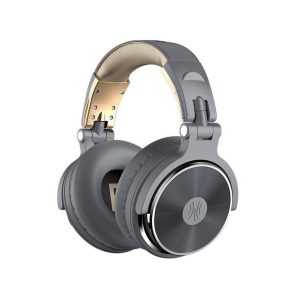
Fine-Tuning the Performance with a Personal Mix
In-ear monitors (IEMs) act like personal sound systems for drummers. During a live performance, the stage can be a cacophony of sound. Even with powerful speakers pointed towards the drummer (wedge monitors), it can be difficult to hear the nuances of every instrument. IEMs provide a custom mix created specifically for the drummer. This mix typically includes:
- Their own drumming: This allows the drummer to hear exactly what they’re playing, which is essential for tight control and precise fills.
- The vocals: Hearing the melody clearly helps the drummer lock in with the singer and drive the song forward.
- Other key instruments: The bass guitar or hi-hat cymbal might need to be prominent in the mix to provide a solid rhythmic foundation.
By adjusting the IEM mix, drummers can create a perfect sonic environment for their performance. It’s like having a front-row seat to the music they’re creating, ensuring everything comes together seamlessly.
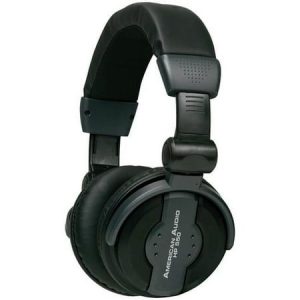
The Perks of In-Ear Monitors
In-ear monitors (IEMs) offer drummers a range of benefits beyond just hearing the music clearly. Here are some reasons why they’ve become a popular choice:
-
Reduced Stage Volume: With a clear personal mix, drummers can hear everything they need at a lower volume. This can be a big advantage for everyone involved. It reduces the overall sound pressure on stage, creating a more comfortable environment for the performers and the audience. It also allows for a clearer mix from the main speakers out front.
-
Taming the Monitor Monster: Traditional wedge monitors are bulky speaker cabinets pointed at the drummer. They can take up valuable space on stage and can be visually distracting. IEMs eliminate the need for wedge monitors, creating a cleaner and more streamlined stage setup. This can be especially helpful for smaller stages or bands with limited space.
-
A Mobile Music Machine: IEMs aren’t just for live performances. Drummers can use them for practicing with backing tracks, recording in the studio, or even monitoring sound checks. The versatility of IEMs makes them a valuable tool for drummers in all kinds of musical situations.
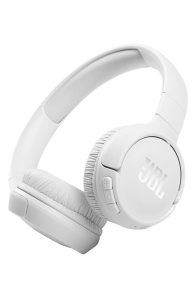
In Sync and In the Zone with a Click Track
Proper headphones allow drummers to utilize a click track, a metronome that transmits a steady beat directly to their ears. This click track serves two important purposes:
-
Precision Timing: Especially for complex rhythms or fast tempos, the click track provides a consistent pulse that helps the drummer stay perfectly in time. This is crucial in modern music with intricate drum parts or electronic elements. A steady click keeps everyone locked in and prevents the song from dragging or rushing.
-
Band Synchronization: The click track can act as a reference point for the entire band, particularly during tempo changes or intricate sections. With the click in their ears, the drummer becomes the heartbeat of the band, ensuring everyone stays on the same page. This creates a tighter, more cohesive performance for the audience.
The ability to hear the click track clearly is a major advantage for drummers, allowing them to focus on their performance and create a solid foundation for the music.







